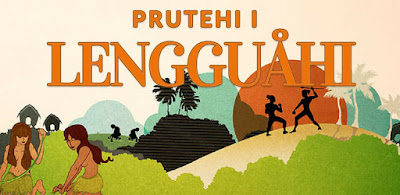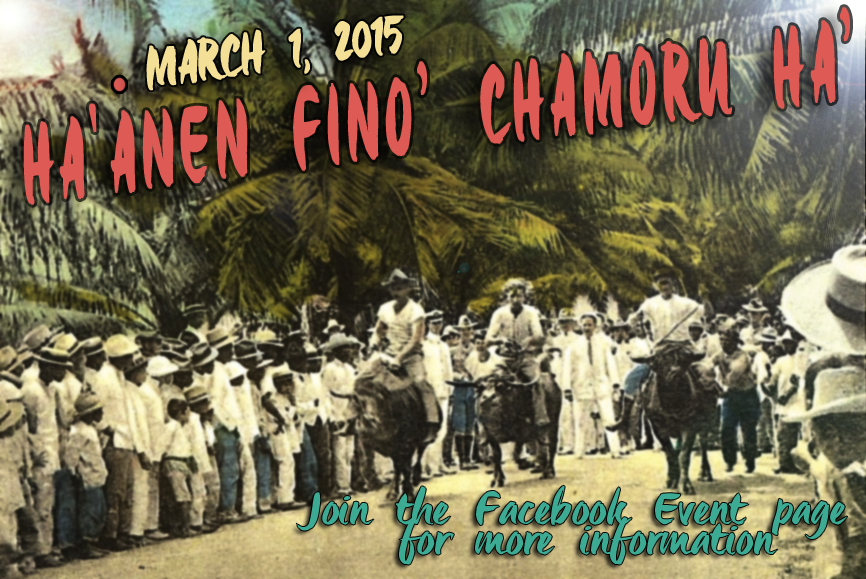The Death of the Chamorro Language

Ti siguro yu' håyi tumuge' este, lao interesånte. Guaha meggai na hestoria put i Chamorro gi Islas Sangkattan gi este na ti gof anakko' na tinige'. Hu sodda' este na tinige' ginen i gasetan Saipan, annai manespipiha yu' infotmasion put Fino' Chamorro gi halom i kottre gi Islas Sangkattan. Ti meggai na infotmasion humuyong, lao hu fakcha'i este. Ti hu tungo' i kilisyanu na fulånu ni' tumuge', lao ya-hu i milalåk-ña i hinasso-ña siha. Frihon yan botlon. ************* The Death of Chamorro Language March 31, 1999 The Saipan Tribune For many years, we were active participants in the death of our local vernacular. It started with the golden days in grammar school when speaking your language lands you some corporal punishment, a fine of five cents, scribbling several pages of “I will not speak Chamorro”; picking up trash outside the classroom after school, among others. Well into high school, there’s the student monitors or J



